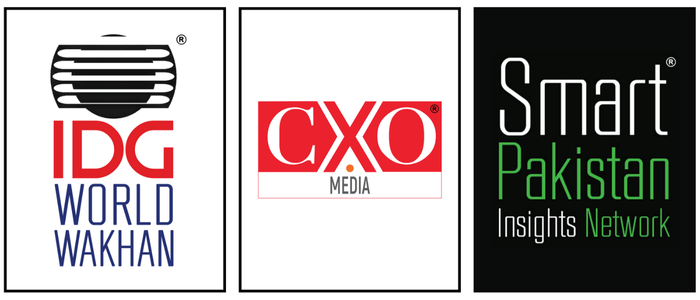Reducing cyber risk has become one of the most frustrating challenges for IT and security leaders. Despite years of investment, most organizations say the process of reducing risk and exposures has not improved. Cloud-native infrastructure is a big part of the problem: workloads are ephemeral, assets appear and vanish rapidly, and traditional vulnerability management cannot keep pace. Teams are left drowning in alerts, many of which are false positives, with limited staff to triage them. The result is security fatigue and an inability to focus on the threats that matter most.
A critical weakness highlighted in the research is reliance on manual and infrequent assessments. A third of enterprises still manage exposures through spreadsheets or basic point solutions, and 80 percent conduct assessments no more than once per month. This leaves gaping exposure windows while attackers—using AI and automation—move faster than ever. Security organizations cannot compete when their operational tempo is monthly and adversaries operate in real time.
Budgets are rising, but the report warns that technology sprawl is compounding the problem. Security teams continue to layer point products without unification. DIY approaches, such as building homegrown security data lakes, are common but risky; while they provide temporary relief, they rarely scale and often lack the context needed for effective prioritization. Without integrated, contextual data, vulnerability scoring remains shallow—focused on severity rather than reachability, business impact, or asset criticality.
The survey shows that organizations want exposure management platforms to move beyond “showing issues.” Enumerating thousands of vulnerabilities is meaningless if remediation cannot be prioritized. Instead, leaders are demanding contextual analysis, workflow orchestration, and automated remediation. The highest value is placed on reducing actual business risk—measured by vulnerabilities eliminated, incidents prevented, and time-to-remediation. Discovery without reduction is no longer acceptable.
The appetite for automation is unmistakable. Ninety-four percent of respondents are open to automated remediation, though most prefer starting with guardrails before full autonomy. The opportunity for agentic AI is clear: organizations want systems that can not only recommend fixes but execute them safely at scale. Vendors that can embed trust into autonomous remediation—by building in transparency, oversight, and error-free execution—will win enterprise confidence.
Another notable finding is organizational. In many companies, IT operations teams, not dedicated security teams, still own exposure management. This creates silos, confusion, and communication gaps. The most effective organizations are those dismantling these barriers, consolidating detection, prioritization, remediation, and reporting under a unified structure. Breaking down silos between IT and security is essential for continuous risk reduction.
For CIOs and CISOs, the message is sharper than ever. Exposure management is shifting from a compliance checkbox to a real-time operational discipline. It requires unified platforms, contextual data, and trusted automation. Enterprises that continue to rely on manual audits, fragmented tools, and shallow vulnerability scoring will remain exposed. Those that embrace continuous, automated exposure management will improve their security posture and, more importantly, restore trust with boards and business stakeholders.
Cyber risk today is no longer just about discovering vulnerabilities—it is about orchestrating a continuous cycle of discovery, prioritization, and automated remediation that keeps pace with the velocity of modern threats. The organizations that master this will define the next era of enterprise security.
Read more here
https://www.tenable.com/analyst-research/managing-cyber-risk-evolve-from-fragmented-security-to-unified-exposure
Follow the SPIN IDG WhatsApp Channel for updates across the Smart Pakistan Insights Network covering all of Pakistan’s technology ecosystem.





